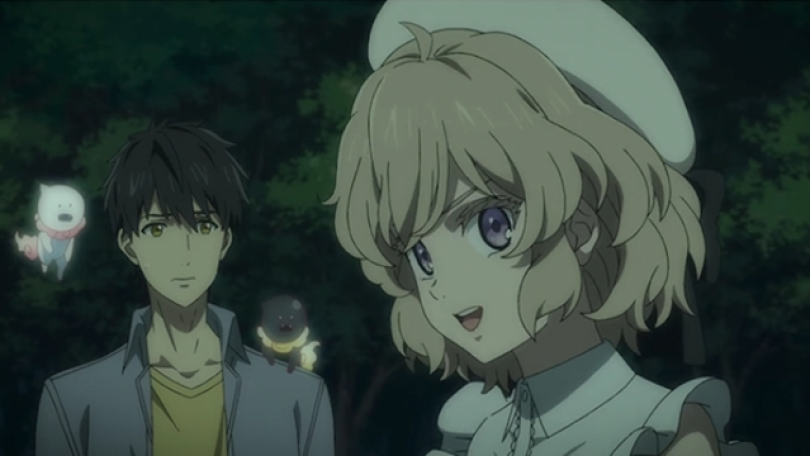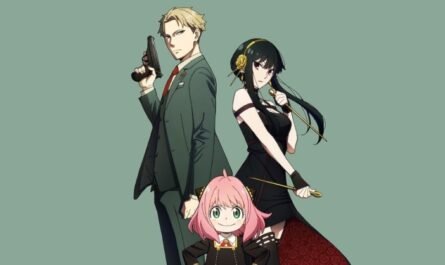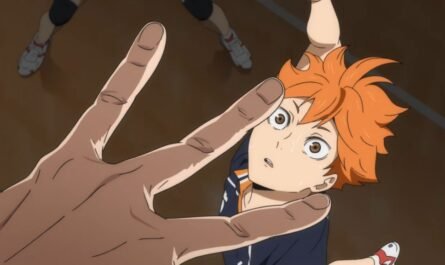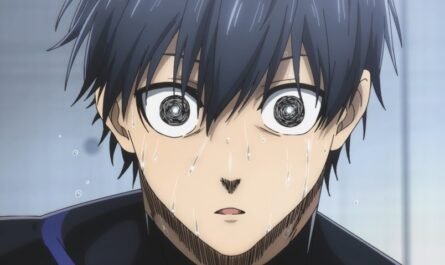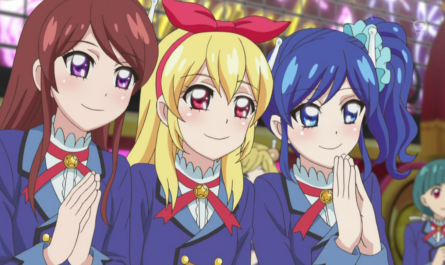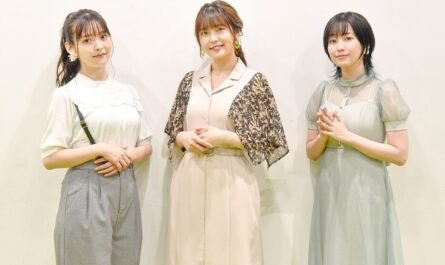11 Years of Love from Fans and Locals: How “Fictitious Anime Festivals” Have Taken Root in the Community
Every October (Kannazuki), the “little gods” of Yuwaku Inari Shrine illuminate the path for people to go back to Izumo with small lanterns called “Bonbori.” As a reward, the god will deliver the “Nozomi” written on the “Nozomi Fuda” to Izumo.
It may sound like a formal event, but it was inspired by the 2011 anime Hanasaku Iroha, modeled on Yuwaku. It was drawn first in the play, then in October of the same year, it was held as an actual festival at Yuwaku Onsen. This is the 10th time the event has been saved.
Why has the festival, which was born from anime, taken root in the region? On November 7, 2022, J-CAST News interviewed Mr. Shinichiro Yamashita (50), director of the Yuwaku Onsen Tourism Association and representative of the Yuwaku Bonbori Festival Executive Committee.
What kind of festival is the Yuwaku Bonbori Festival?
“Hanasaku Iroha” is an original TV animation work broadcasted in 2011 by the animation production company PAWORKS (Nanto City, Toyama Prefecture). The story is about a high school girl who works as a waitress at a ryokan in the fictitious hot spring town “Of Yunosagi Onsen” modeled on Yuwaku-Cho. The word “bonbori festival” appears in the play, and the actual festival is depicted.
The Yuwaku Bonbori Festival was held in the wake of this anime. According to the official website, it was born with the cooperation of the production committee of “Hanasaki Iroha,” the government, and local people to commemorate the 3rd anniversary of the restoration of the Asano River flooding that occurred in July 2008.
Regarding the state of this year’s festival, comments were received on social media, such as, “The quality is such that you would believe it even if you were told that it was a ‘traditional festival that has continued since the Muromachi period.'” It is said that what was born from animation seems to be a festival rooted in the Community for a long time.
Mr. Yamashita, who proposed to hold the Yuwaku Bonbori Festival in reality, reveals that when he talks about it, people who have participated in the festival often say, “You were able to reproduce it faithfully.”
However, this festival did not imitate what appeared in the anime. Instead, it was a festival that was created at the same time, taking into account the geographical conditions of Yuwaku Onsen, etc., after repeated discussions based on the ideas for the work proposed by the production committee.
Mr. Yamashita wanted this festival to be a festival rooted in Yuwaku Onsen. Therefore, as mentioned earlier, the festival has a few anime elements. This is because I was conscious that if that part became strong, it would become an event rather than a celebration.
Although the locals now well receive the Yuwaki Bonbori Festival, Mr. Yamashita reveals that in the beginning, there were many local voices against turning the anime into stage models and holding the festival.
“It was a popular hot spring town with a strong image of being enjoyed by people who are commonly called otaku, and it was “somewhat scary,” and it was a hot spring town that the locals very loved, and the age group was also high, so I thought, “The hot spring town is a good match for those people. I was worried that they wouldn’t do it.”
History of the 1st Yuwaku Bonbori Festival
However, Mr. Yamashita had long felt that Yuwaku-who had many local guests and wanted the town to be lively at night. He tried to cheer up the hot spring town even a little, so he decided to create a stage model for Hanasaku Iroha and make the Yuwaki Bonbori Festival a reality.
Preparations for the first episode began around April 2011, when Hanasaku Iroha started broadcasting. In holding the event, the production committee offered full cooperation, but it was said that there needed to be more problems in holding funds.
Therefore, with the cooperation of the production committee, it was decided to sell goods such as posters and transparent work files and use the profits to cover the holding expenses.
However, Mr. Yamashita says this was not because he wanted to make money from anime collaboration products but because it was to fund the festival’s operation.
“This town must not become the fictitious hot spring town ‘Yunosagi Onsen’ depicted in ‘Hanasaku Iroha.’ Instead, Yuwaku Onsen must continue to be the town the creator wanted to portray as a model for Yunosagi Onsen.”
After going through this process, on October 9, 2011, Mr. Yamashita finally celebrated the opening of the first Bonbori Festival. The official number of participants was 5,000, but the actual number may have been close to 10,000. When asked about his feelings, he said, “First of all, I was relieved. Second, I felt relieved to be recognized by so many people.”
The Yuwaki Bonbori Festival will be held every October from the following year. Although it was canceled in 2020 and 2021, the festival resumed in 2022, with a strict limit on the number of people, with about 1,500 participating.
Why has the festival become so sustainable and reached its 10th anniversary?
How did the Yuwaku Bonbori Festival, born from an anime, become such a sustainable festival that it reached its 10th anniversary?
Mr. Yamashita explains the reasons for this: (1) A large percentage of fans participate every year from the first time, and as life stages change, families and children also participate. (2) Campaigns in the Hokuriku region with the cooperation of convenience stores The development spread the recognition of the Yuwaki Bonbori Festival――I guess.
The Bonbori Festival is also designed so that even those who do not know Hanasaku Iroha can enjoy it. This festival has a procession to welcome the gods through the city, and it is a “participatory festival” where you can participate in the procession and walk.
Mr. Yamashita also says that he emphasized “regional characteristics” for the festival to stand on its own as a local festival. For example, local high school students will play brass bands, and local amateur musicians will perform live.
However, it is a condition of participation that high school students and musicians who participate must include one song from “Hanasaku Iroha.” Mr. Yamashita explained, “I think it was necessary to strike a balance when creating a mechanism that fans can enjoy and others can enjoy.”
Furthermore, people other than anime fans participate in the festival because the Bonbori Festival is based on Hanasaku Iroha. That’s right,” he says.
Even non-anime fans can enjoy the complex elements of Yuwaku’s hot springs, scenery, and residents.
How to prevent the excitement of the anime “Sacred Land” from becoming transient?
Recently, there has been a lot of talk about pilgrimages to places that have been used as stage models for anime. For example, the Anime Tourism Association (Chiyoda-ku, Tokyo) has released a list of 88 sacred Japanese anime places to visit on its official website. One of the lists introduces Yuwaku Onsen as the holy land of Hanasaku Iroha.
While “pilgrimage to sacred places” is becoming a hot topic, what is needed in the area that will be the stage model for the work?
Mr. Yamashita said, “The most important thing is ‘the strength of the region.'” He says it is necessary to refine the “regional character” and “regional charm,” such as the region’s nature and scenery and the residents’ personality.
Yamashita says, “I feel like I’m being picky.” Still, he says, “I have absolute confidence in the rural scenery of Yuwaku Onsen, which is like the original scenery of Japan, and the services, including the cuisine of each ryokan. “We were conscious of not losing sight of the hospitality of Yuwaku Onsen, which we have passed down through generations.”
He said that relying only on animation will not lead to sustainable regional revitalization. Knowing more about one’s region and promoting its goodness to people interested in it through the work is necessary. Mr. Yamashita is speaking.

